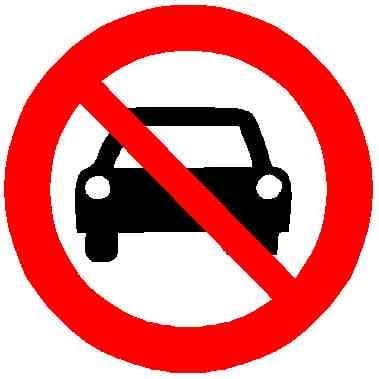“Schabas also found the government failed to provide evidence that removing the lanes would alleviate congestion — one of the law’s stated purposes. In contrast, expert testimony presented by the applicants suggested lane removal would likely increase collisions, injuries and even deaths.”



In my city, which is fairly hilly, it’s often the case that the oldest streets, the ones that became main thoroughfares, were sited the way they are in the first place because they were following the ridgeline. That means the main streets are often the flattest and thus most suited to biking, aside from the traffic.
Also, the main street is the one that has all the shops on it, which means it’s the one most “activated” for pedestrians and cyclists. Dedicating it to cars is, frankly, a waste.
https://www.archdaily.com/990889/activating-the-edges-how-to-create-lively-active-streets
https://www.nbr.co.nz/guest-analysis/why-street-activation-is-critical-in-urban-development-success/
That’s fair, but I was mostly speaking to Toronto specifically. In Toronto, the streets are laid out in a simple grid, and the landscape is comparatively flat.
I’m mainly just salty that my city insists on putting bike lanes here (a hilly car sewer mostly lined with parking garages) instead of here (the flat main street that already mostly sucks to drive on anyway), and I take every opportunity I can to bitch about it. Sorry.